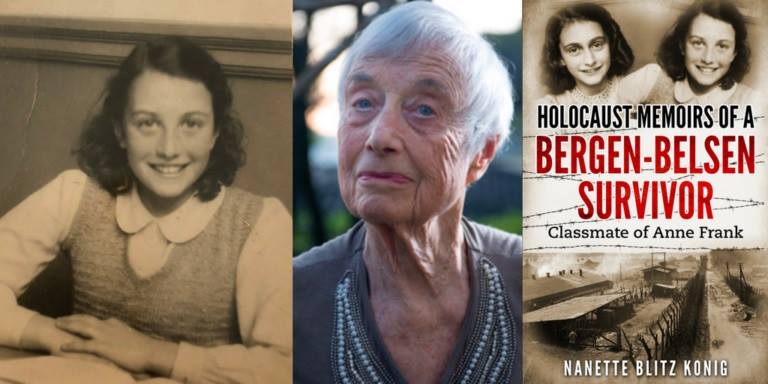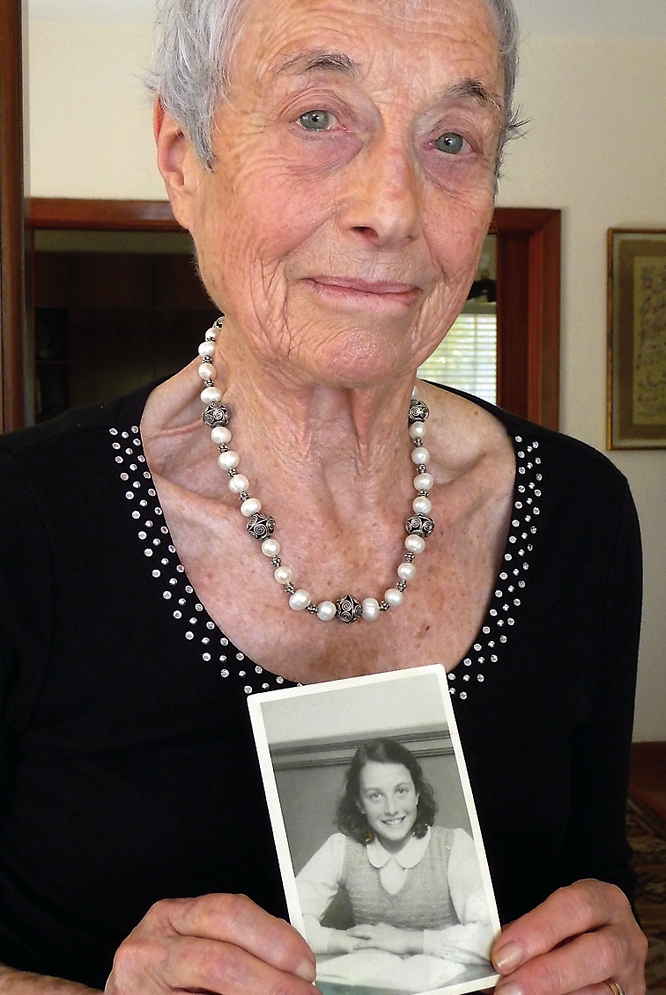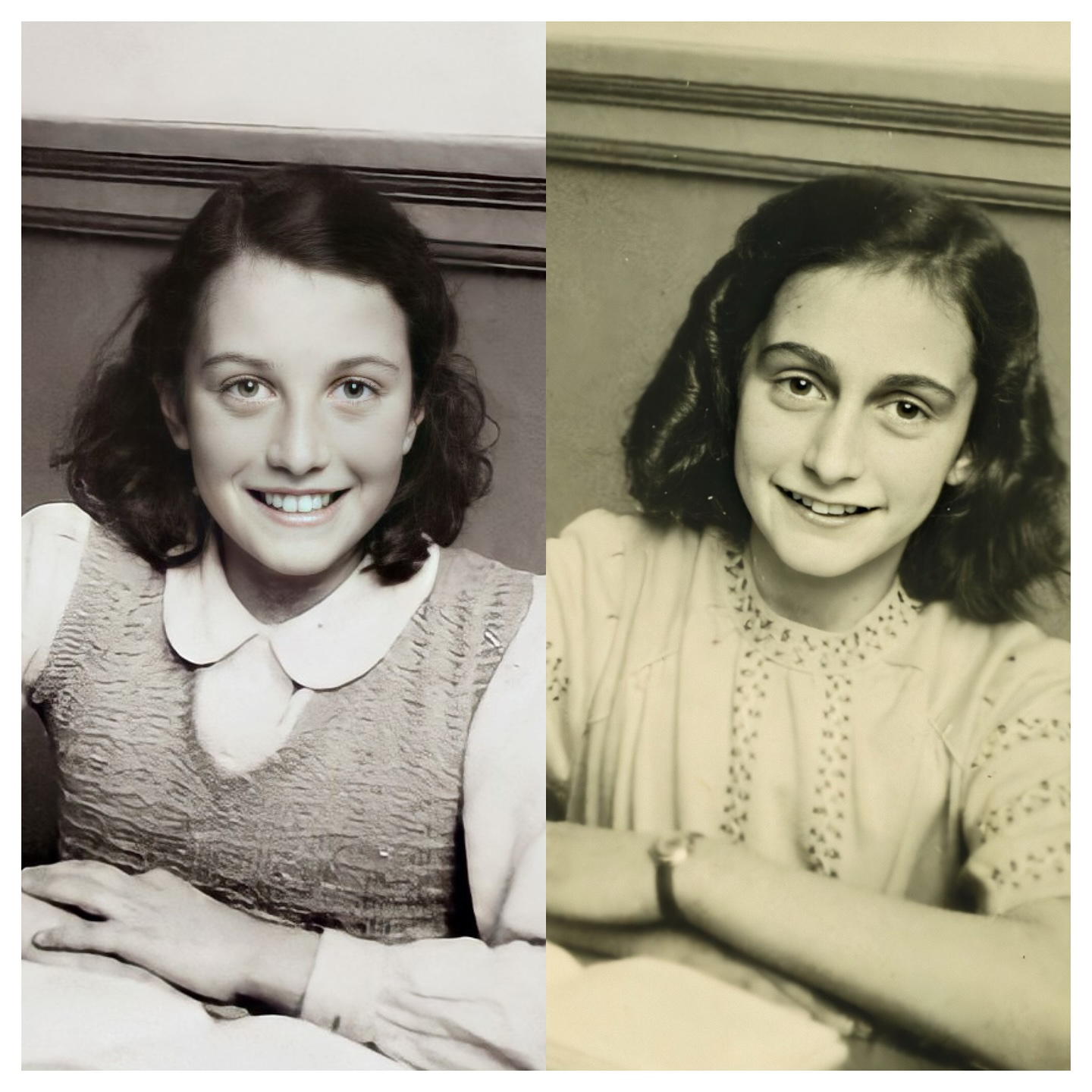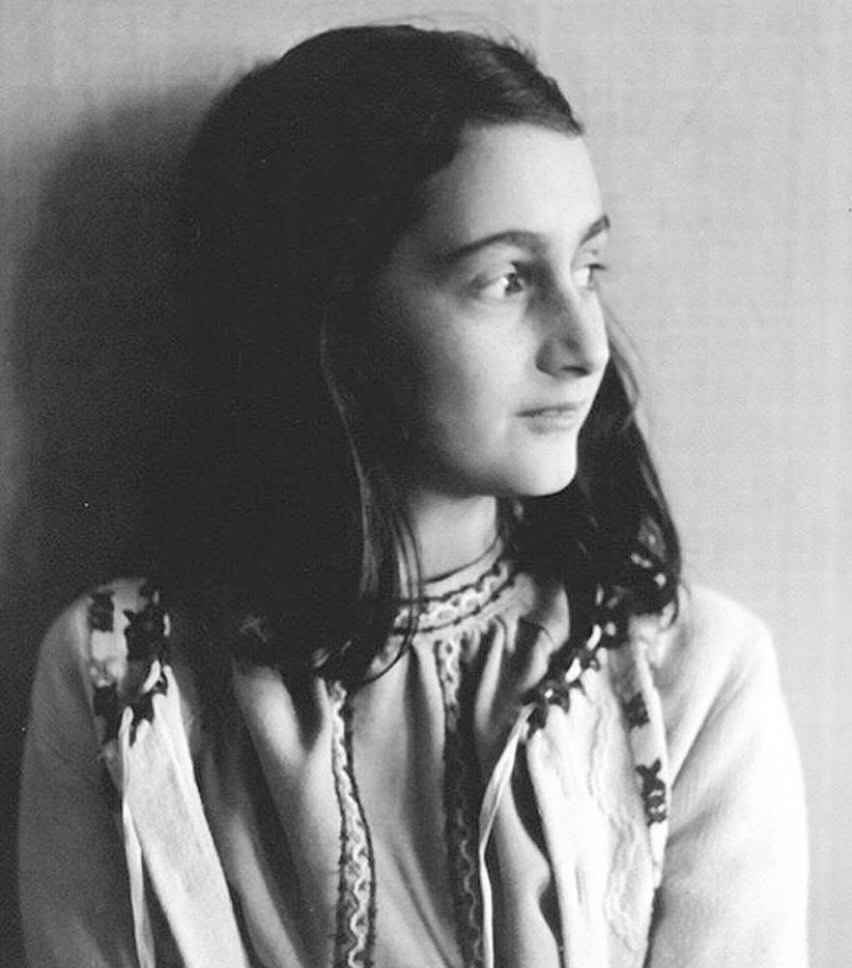The Girl Who Was Still Full of Life
It’s a familiar story of teenage friction: two classmates who don’t quite get along. For Anne Frank, one such person was Nanette “Nanny” Blitz, a classmate at the Jewish Lyceum. Though Nanny was invited to Anne’s thirteenth birthday party in June 1942, Anne’s diary entry was characteristically candid. “She talks so much it isn’t funny,” Anne wrote, adding with the frankness of a teenager, “I don’t care, since I don’t like her much either.”
But their story did not end there. In a twist of fate that only the Holocaust could deliver, the two girls met again. Their paths, once separated by petty schoolgirl rivalries, crossed in the horrific landscape of the Bergen-Belsen concentration camp.

The girl who had once been a “little comedian” was now a “skeleton.” Nanny was horrified by Anne’s physical condition, a state that made her wonder how “us two skeletons were able to recognize each other.” It was in this living hell that Anne confided in Nanny about her diary. The diary, she explained, was only a starting point. She wanted to use it to write a full-fledged book about her experiences. Even in the face of death, Anne’s spirit as a writer and a storyteller was burning bright.
Both girls contracted typhus, a disease that ravaged the camp. Nanny’s last memory of Anne is a heartbreaking one: “She was very weak, scrawny and she had a blanket over her because she couldn’t bear the clothes that were full of lice.” In her final days, Anne was “barely able to recognize me, or to talk.”
Nanny survived. Anne did not.

Nanny’s memory of her friend is a powerful tribute to a life that was so cruelly cut short. “Anne was a girl who was full of life,” she said. “If she was still alive, I am convinced that she would have become an excellent writer.”
This is the bittersweet legacy of their friendship. It began with the trivial conflicts of adolescence and ended in the face of unimaginable tragedy. The girl who once annoyed Anne Frank became one of the last people to see her, a witness to her final moments and a keeper of her legacy.

